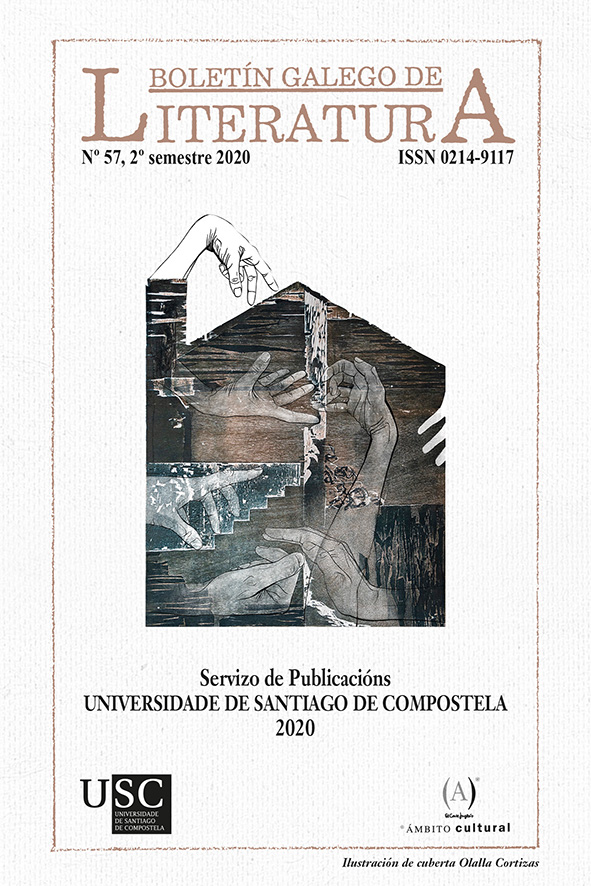"Este animal aflito”: reading three last men in apocalyptic times by Mary Shelley, Pepetela and Miguel Real
Main Article Content
Abstract
In any dystopian literary context – whether a full-fledged dystopian text or as the setting for a utopian counter-proposal –, the last man, the lone individual, the sole survivor is often read as the guardian of that which was and takes on a civilizational role. This analysis of three different novels – Mary Shelley’s The Last Man (1826), Pepetela’s O Quase Fim do Mundo (2013), and Miguel Real’s O Último Europeu 2284 (2015) – allowed for the establishing of the key traits shared by these literary and philosophical characters, thus confirming that this figure so well-loved by the Romantics continues to hold considerable plasticity and allusive potential.
Keywords:
Article Details
References
Fisch, A. A. (1993). Plaguing Politics: AIDS, Deconstruction, and The Last Man. En A. A. Fisch, A. K. Mellor e E. H. Schor (Eds.). The Other Mary Shelley: Beyond Frankenstein (pp. 267-286). Oxford University Press.
Johnson, B. (1883). The Last Man. En A. A. Fisch, A. K. Mellor e E. H. Schor (Eds.). The Other Mary Shelley: Beyond Frankenstein (pp. 258-266). Oxford University Press.
Pepetela (2013). O Quase Fim do Mundo. Leya
Real, M. (1998). Portugal Ser e Representação. Difel
Real, M. (2011). Introdução à Cultura Portuguesa. Planeta Manuscrito
Real, M. (2015). O Último Europeu 2284. Publicações Dom Quixote
Shelley, M. (2004). The Last Man. Wordsworth Classics
Stafford, F. J. (1994). The Last of the Race: The Growth of a Myth from Milton to Darwin. Clarendon Press.






